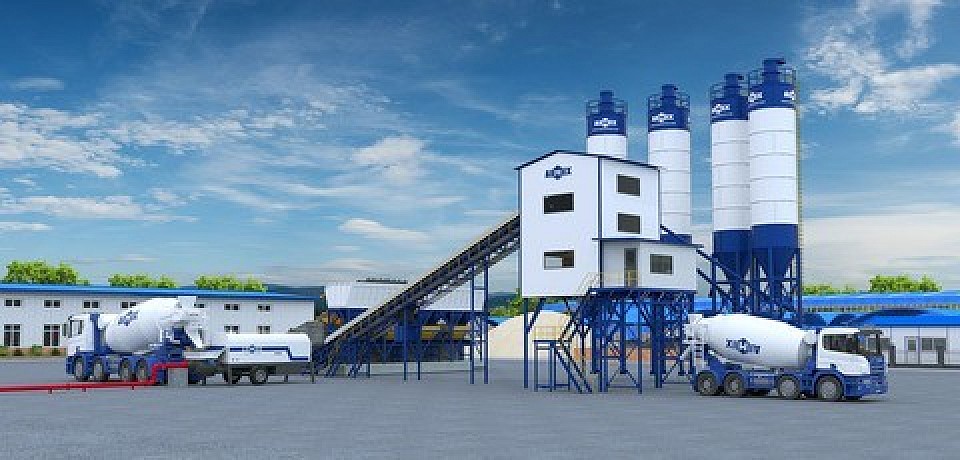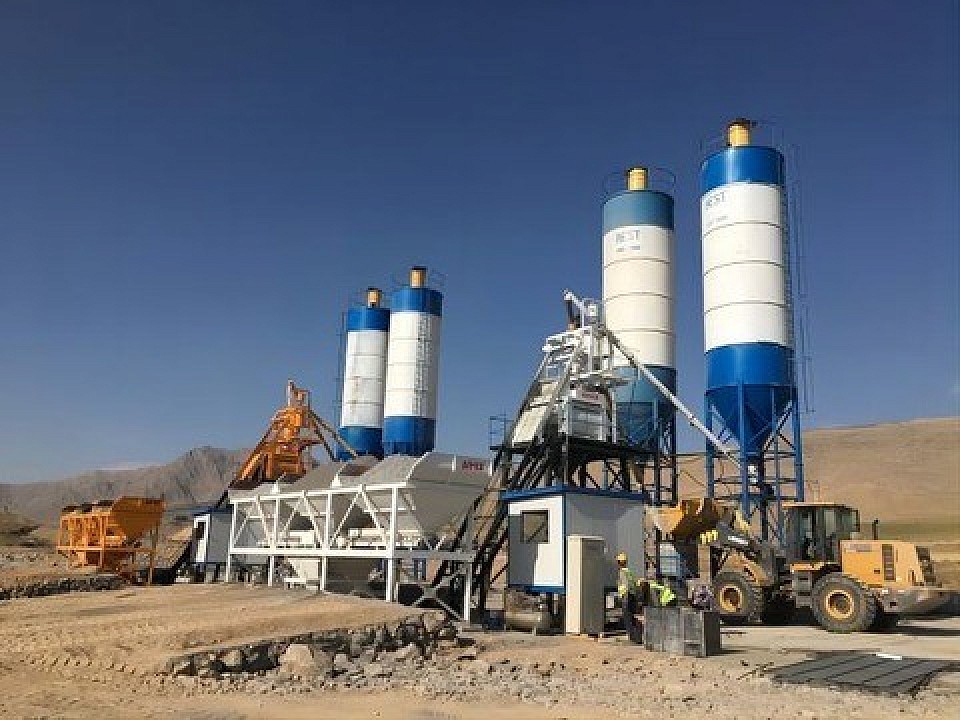Small-Scale vs. Large-Scale: Which Ready Mix Concrete Plant Capacity Fits Your Project Needs?
Small-scale or large-scale—this decision is far more than a matter of quantity. It’s about aligning capacity with your project’s unique tempo, budget, and logistical constraints. Choosing the wrong size ready mix concrete plant doesn’t just lead to inefficiencies; it creates a ripple effect of cost overruns, delivery delays, and operational headaches. Construction doesn’t tolerate waste—not in time, not in money, and certainly not in concrete. Whether you're a contractor paving a private driveway or a developer erecting a multi-story complex, the right plant capacity will determine whether your workflow hums like a well-oiled machine or collapses into chaos. Let’s get into it—because your margins depend on this decision.
Understanding Project Scope and Output Demands
A small-scale ready mix concrete plant typically produces under 60 m³/h. For projects like sidewalks, housing complexes, rural roads, and minor commercial works, this output suffices. It offers reliability without overshooting capacity. These compact plants are budget-conscious, easy to relocate, and quick to install—traits that benefit businesses operating with limited real estate or shifting project locations.
Large-scale plants, however, are built to serve the behemoths of construction. With capacities ranging from 90 m³/h to over 240 m³/h, these giants feed the insatiable appetite of highways, high-rises, airports, and massive industrial works. Their output consistency and automation minimize batch errors and delays, which are absolutely unacceptable in high-budget ventures. But don’t be seduced by volume for volume’s sake. If your project can’t sustain or justify that level of production, the costs will eat you alive—fuel, maintenance, idle time, labor.
Cost Implications and Capital Recovery
Let’s talk money—because plant capacity has a direct relationship with financial strain. A small concrete batch plant demands lower capital investment. That includes initial setup, maintenance, labor, and auxiliary equipment. The ROI curve for these units is quicker, especially when used continuously across smaller-scale jobs. And the beauty is, many of them can be upgraded or modularly expanded as your business scales up.
Large-capacity plants come with heavy price tags and infrastructure requirements—silos, mixers, control systems, logistics planning. They’re a long-term play, requiring high utilization rates to break even. They’re not forgiving. Let them idle for a month, and you’ll feel the pain in your balance sheet. That said, for contractors with a solid pipeline of high-volume projects, this investment becomes a power move, slashing cost per cubic meter and tightening production cycles.
Flexibility, Logistics, and Future-Proofing
Small plants shine when agility is key. Need to relocate? Done. Want to tweak formulations for different sites? Simple. Their mobility and low footprint make them perfect for contractors juggling diverse project types and locations. Plus, their easier permitting process accelerates deployment.
Large-scale operations, though static and infrastructure-heavy, excel in consistency, automation, and integration. They are designed to anchor massive developments. But flexibility isn’t their strength. Future-proofing here means locking into a robust, continuous project pipeline. If your vision includes government contracts, megaprojects, or becoming a concrete supplier to others, a large-capacity concrete batching plant for sale is a necessary fortress.
Bottom line: size isn’t just about ambition—it’s about alignment. Choose wrong, and you hemorrhage money. Choose right, and you build not just structures, but a business that thrives.


